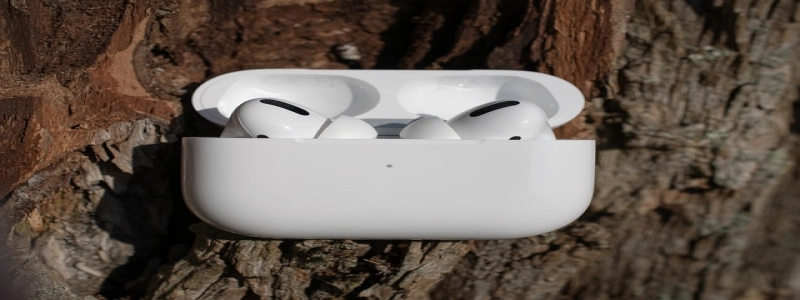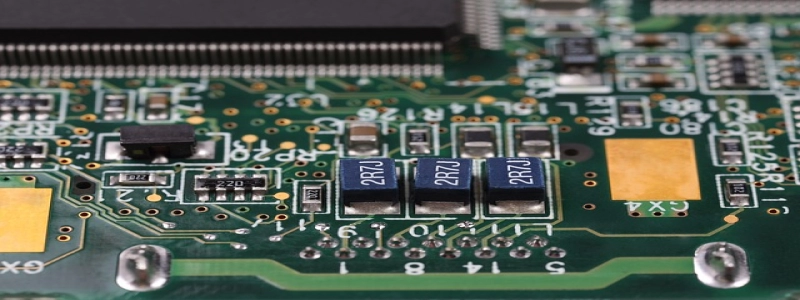Fiber Optic Cable Manufacturing Process
Introduction:
In recent years, fiber optic cables have become the backbone of the telecommunications and data transmission industry. These cables use optical fibers made of glass or plastic to transmit data as pulses of light, offering high-speed and efficient communication. The manufacturing process of fiber optic cables involves several stages, each crucial for ensuring optimal performance and reliability. This article will provide a detailed explanation of the different steps involved in the manufacturing process of fiber optic cables.
I. Preform Production:
The first step in manufacturing fiber optic cables is the production of preforms. Preforms are cylindrical glass or plastic rods that will ultimately become the core of the fiber optic cable. To create the preforms, high-purity silica glass or plastic material is melted in a furnace and drawn into a thin rod. The composition and purity of the material are crucial to ensure the cable’s quality and performance.
II. Fiber Drawing:
Once the preforms are ready, they are heated in a precision-controlled furnace to a molten state. A process called fiber drawing is then employed to stretch the preforms, producing long and thin fibers. The fibers are drawn at high temperatures and pulled at a controlled speed to ensure uniformity in their diameter. This step is crucial for achieving the desired optical and mechanical properties of the fiber optic cable.
III. Coating Application:
After fiber drawing, a protective coating is applied to the fibers to enhance their durability and protection against external factors. The coating material is typically made of a UV-curable acrylate resin. The coating process involves passing the fibers through a series of coating dies, where the resin is applied in a controlled manner. The coated fibers are then cured using UV light to form a solid protective layer.
IV. Cable Assembly:
Once the fibers are coated, they are assembled into a fiber optic cable. The cable assembly process involves grouping a certain number of fibers together and arranging them in a specific configuration. The fibers are bound together using binding yarns or tapes to ensure their stability and maintain the desired arrangement. Additional strength members, such as aramid yarns or steel wires, may also be added to further enhance the cable’s tensile strength.
V. Jacketing:
The final step in the fiber optic cable manufacturing process is jacketing. Jacketing involves adding an outer protective layer to the cable, ensuring its resistance to environmental hazards and mechanical stresses. The jacket material is typically made of flame-retardant and UV-resistant materials, such as polyethylene or polyvinyl chloride (PVC). The jacketing process may also include applying color codes or printing information on the outer surface of the cable for identification purposes.
Conclusion:
The manufacturing process of fiber optic cables involves various intricate stages, starting from the production of preforms to the final assembly and jacketing of the cables. Each step is meticulously carried out to maintain the desired optical and mechanical properties of the cables. The precision and attention to detail in this process ensure that fiber optic cables offer high-performance, reliable, and efficient communication solutions.








